Likely the most well-known result of the Earth’s magnetic field are the Aurora Borealis and Australis (Northern and Southern Lights). When charged particles from the solar wind run into the Earth’s magnetic field, they can occasionally elicit spectacular light displays.
For years now, scientists have thought that the charged particles that cause those displays were sent in equal numbers toward the North and South Pole.
However, recent research from a team led by scientists from the University of Alberta, have shown that there are actually more charged particles heading north rather than south. The question now is why?
The data the scientists used was collected by the Swarm satellite constellation – a set of 3 satellites that have been observing the Earth’s magnetic field since 2013.
One thing it noticed in that time is that the Earth’s magnetic south pole is “further away from the Earth’s spin axis than the magnetic north pole” says Ivan Pakhotin, the paper’s lead author.
This leads to differences in reflection of a type of electromagnetic waves known as Alfvén waves, which eventually cause differences in how the North and South Poles interact with the solar wind.
This measured asymmetry could mean any number of things. For one, the chemistry taking place in the upper atmosphere could vary dramatically between the North and South Poles, which could have significant climate impacts down on the ground. But also, it could mean a discrepancy between the two Auroras.
So far the impacts of the asymmetry are unclear, and as with almost all good science, it warrants further study. Swarm will continue its mission to collect data that will be relevant to solving the mystery.
In the meantime, those of us lucky enough to get to experience the Auroras themselves can continue to stare upward in wonder, no matter how dissimilar they might be.

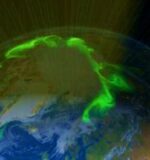


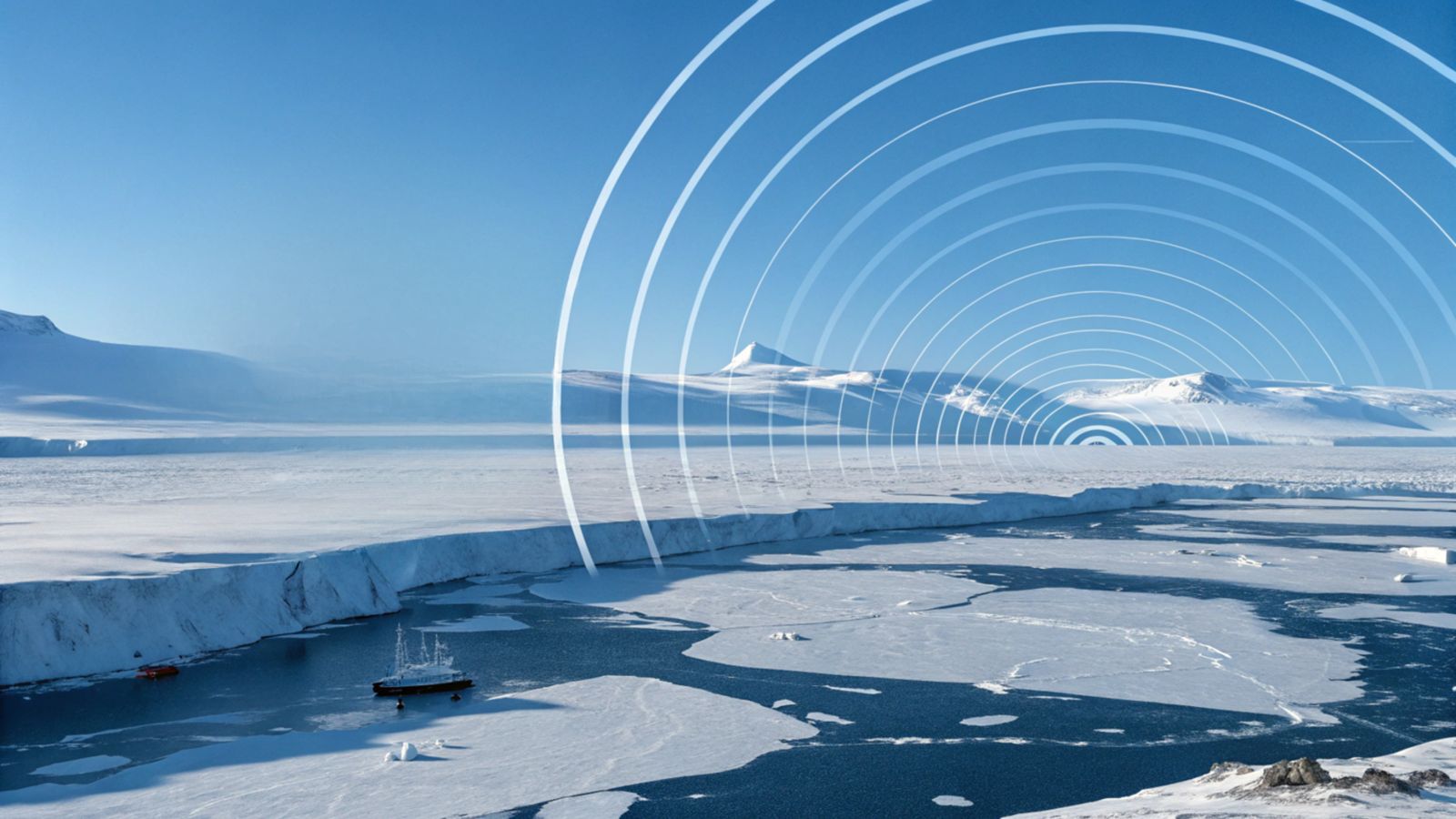
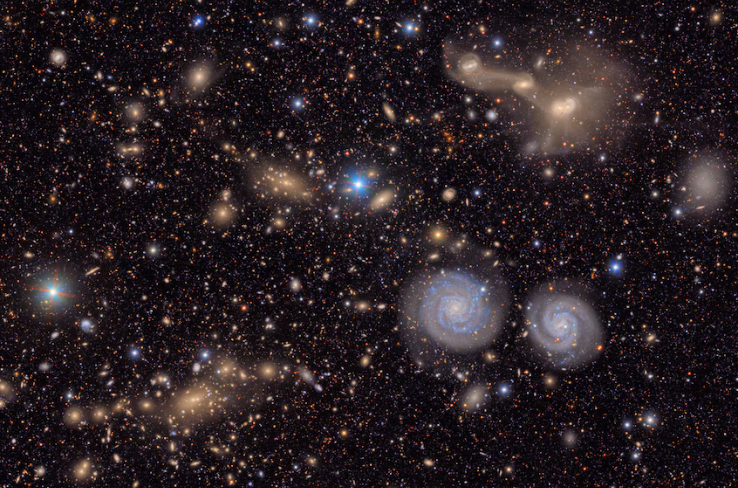
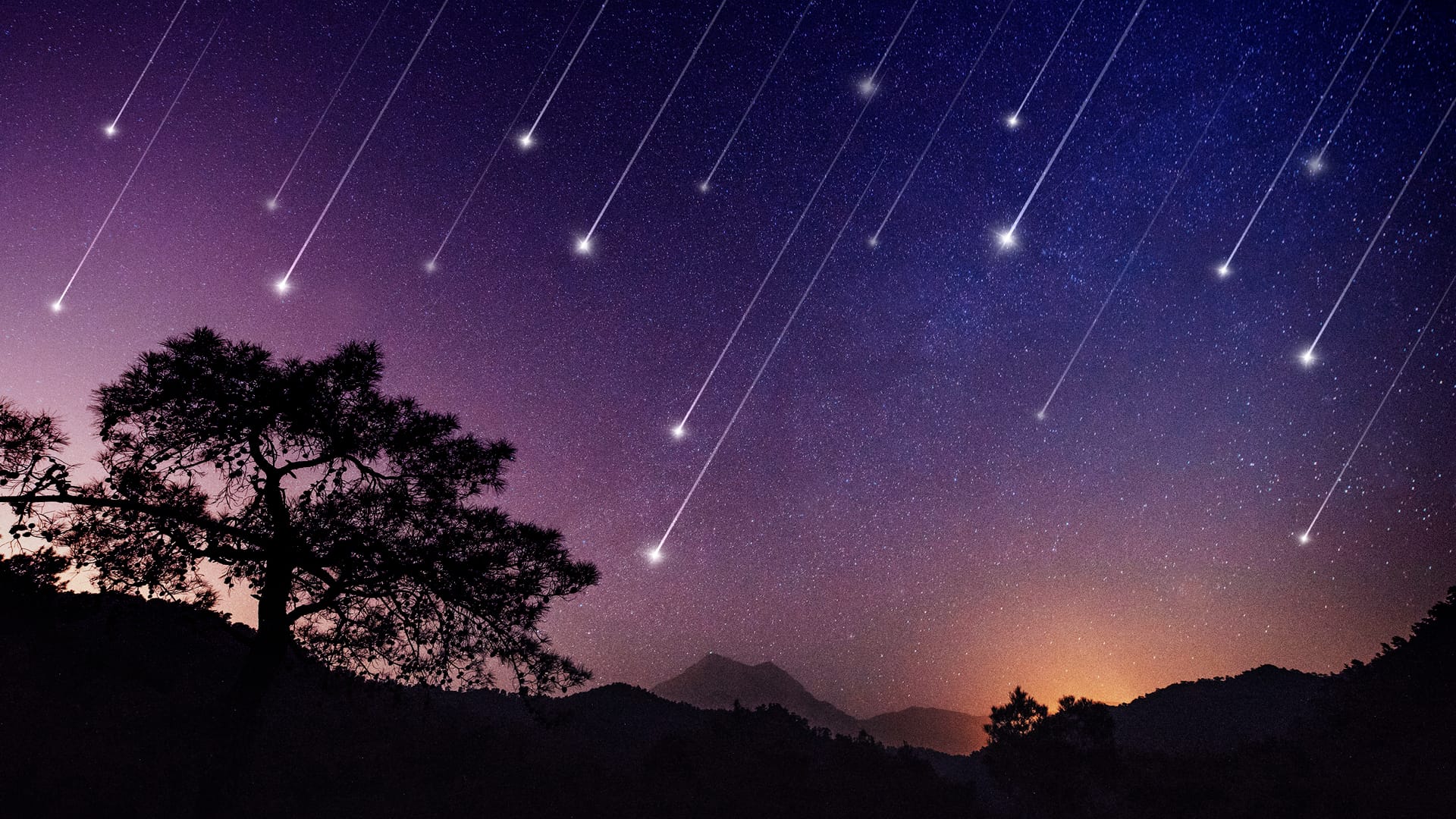
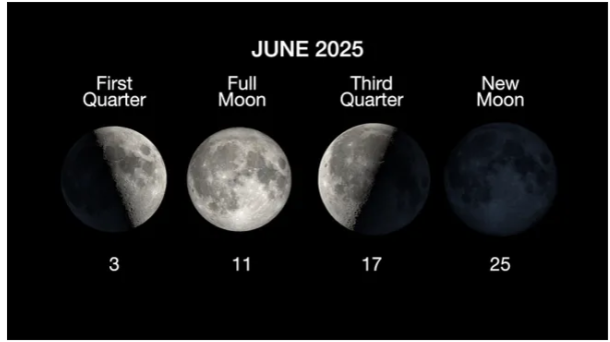
 Photographer Finds Locations Of 1960s Postcards To See How They Look Today, And The Difference Is Unbelievable
Photographer Finds Locations Of 1960s Postcards To See How They Look Today, And The Difference Is Unbelievable  Hij zet 3 IKEA kastjes tegen elkaar aan en maakt dit voor zijn vrouw…Wat een gaaf resultaat!!
Hij zet 3 IKEA kastjes tegen elkaar aan en maakt dit voor zijn vrouw…Wat een gaaf resultaat!!  Scientists Discover 512-Year-Old Shark, Which Would Be The Oldest Living Vertebrate On The Planet
Scientists Discover 512-Year-Old Shark, Which Would Be The Oldest Living Vertebrate On The Planet  Hus til salg er kun 22 kvadratmeter – men vent til du ser det indvendigt
Hus til salg er kun 22 kvadratmeter – men vent til du ser det indvendigt  Superknepet – så blir snuskiga ugnsformen som ny igen!
Superknepet – så blir snuskiga ugnsformen som ny igen!  Meteorite That Recently Fell in Somalia Turns Out to Contain Two Minerals Never Before Seen on Earth
Meteorite That Recently Fell in Somalia Turns Out to Contain Two Minerals Never Before Seen on Earth  Nearly Frozen Waves Captured On Camera By Nantucket Photographer
Nearly Frozen Waves Captured On Camera By Nantucket Photographer  It’s Official: Astronomers Have Discovered another Earth
It’s Official: Astronomers Have Discovered another Earth 